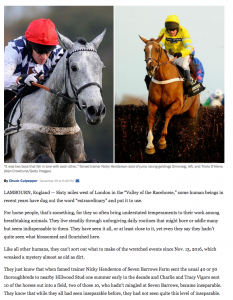Daring the Elements for a Cold Bike Ride on New Year’s Eve
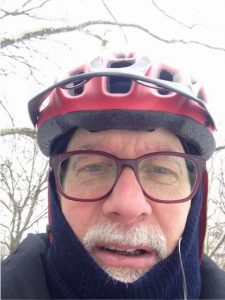 Because of the extremely cold weather over this holiday break, I haven’t been able to be on my bike since last Tuesday; under other circumstances, I would’ve ridden nearly every day. Today—Sunday, New Year’s Eve day—I finally put on my quilted pants; added several upper layers to my torso; stretched my navy-blue balaclava over my head and face; zipped up my down parka; and ventured in to Riverside Park on my old Trek cycle. It’s 16˚ outside, and my hands—in full gloves on the handlebar grips— were deeply cold and hurting in 10-12 minutes. By then, I was pedaling northward in to the wind on the Cherry Walk alongside the Hudson River, and though The Great Gray Bridge beckoned in upper Manhattan, I circled back south. Again, I’d have usually taken some photographs, but today, wincing with hand pain, I was just relieved that I hadn’t gotten far from home when I turned around, after barely a fifth of a standard bike ride. I dismounted momentarily to take this frigid selfie, and am back indoors now, thinking with concern about people who have nowhere “indoors” to go, and all manner of creatures who, warm- or cold-blooded, are assigned by nature and evolution the task of trying to endure despite elements that work against their survival.
Because of the extremely cold weather over this holiday break, I haven’t been able to be on my bike since last Tuesday; under other circumstances, I would’ve ridden nearly every day. Today—Sunday, New Year’s Eve day—I finally put on my quilted pants; added several upper layers to my torso; stretched my navy-blue balaclava over my head and face; zipped up my down parka; and ventured in to Riverside Park on my old Trek cycle. It’s 16˚ outside, and my hands—in full gloves on the handlebar grips— were deeply cold and hurting in 10-12 minutes. By then, I was pedaling northward in to the wind on the Cherry Walk alongside the Hudson River, and though The Great Gray Bridge beckoned in upper Manhattan, I circled back south. Again, I’d have usually taken some photographs, but today, wincing with hand pain, I was just relieved that I hadn’t gotten far from home when I turned around, after barely a fifth of a standard bike ride. I dismounted momentarily to take this frigid selfie, and am back indoors now, thinking with concern about people who have nowhere “indoors” to go, and all manner of creatures who, warm- or cold-blooded, are assigned by nature and evolution the task of trying to endure despite elements that work against their survival.
In that vein, during the years I had my dear black Lab Noah, I wrote a poem titled “Creature Comforts,” which I’ve photographed and pasted in below, along with a picture of me and Noah. I was then in school at Franconia College, where temps of 35˚ below zero were known to happen, and I thought a lot in those days about how creatures survived, or didn’t, in the wild.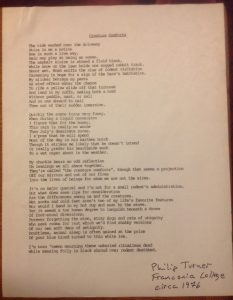
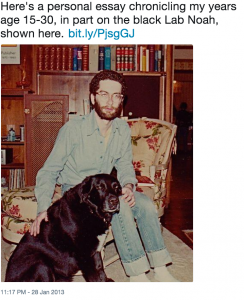
Since I wasn’t able to take anywhere my usual allotment pictures on this last day of 2017, I’m gonna share a substantial gallery of bike ride photos taken during the year that ends this day, such as this handful. 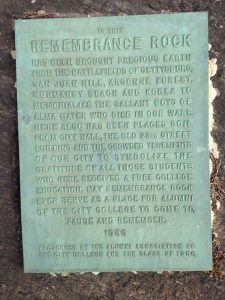



Happy New Year, may 2018 be be an improvement on 2017!

